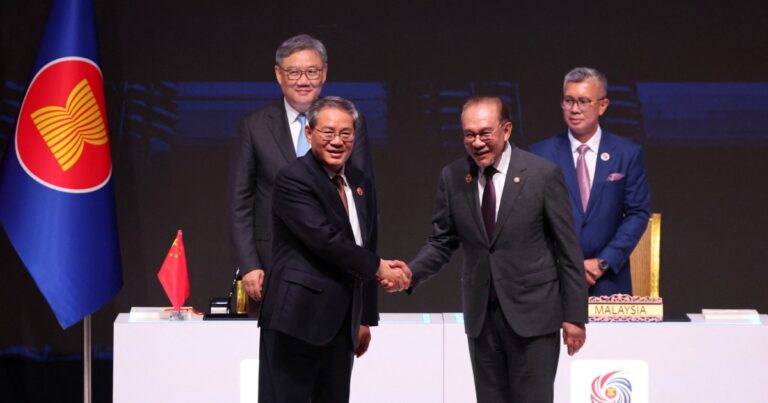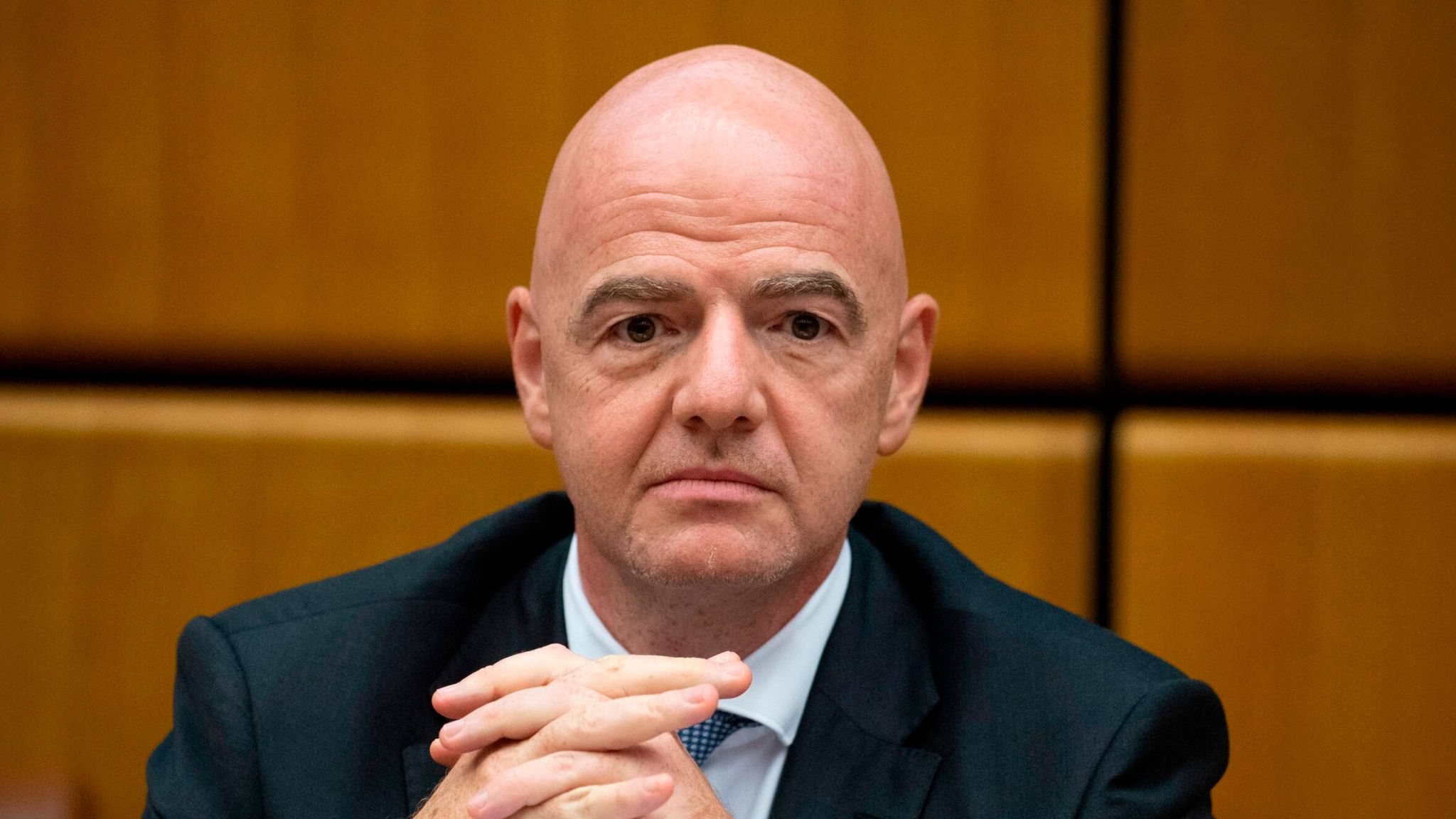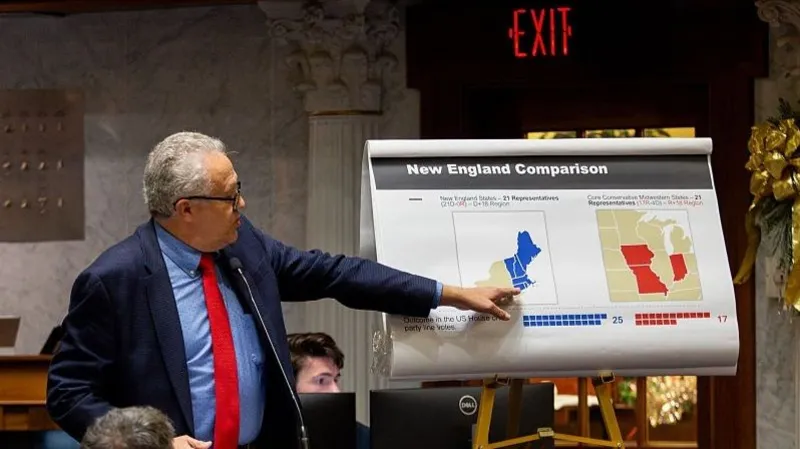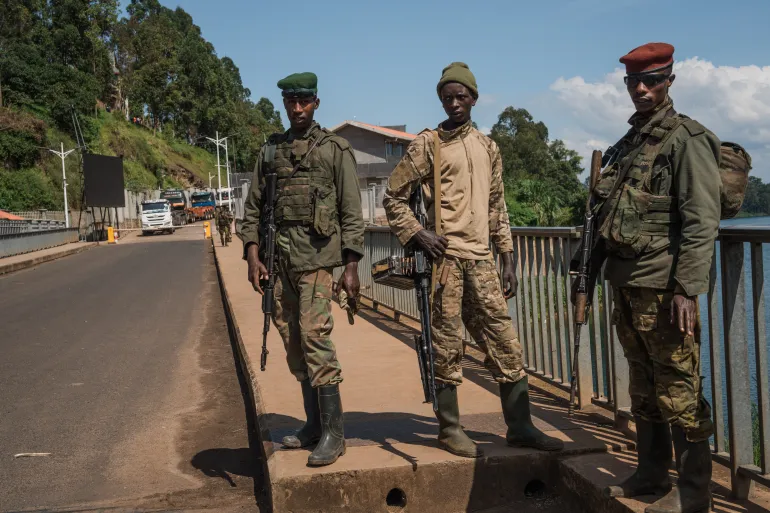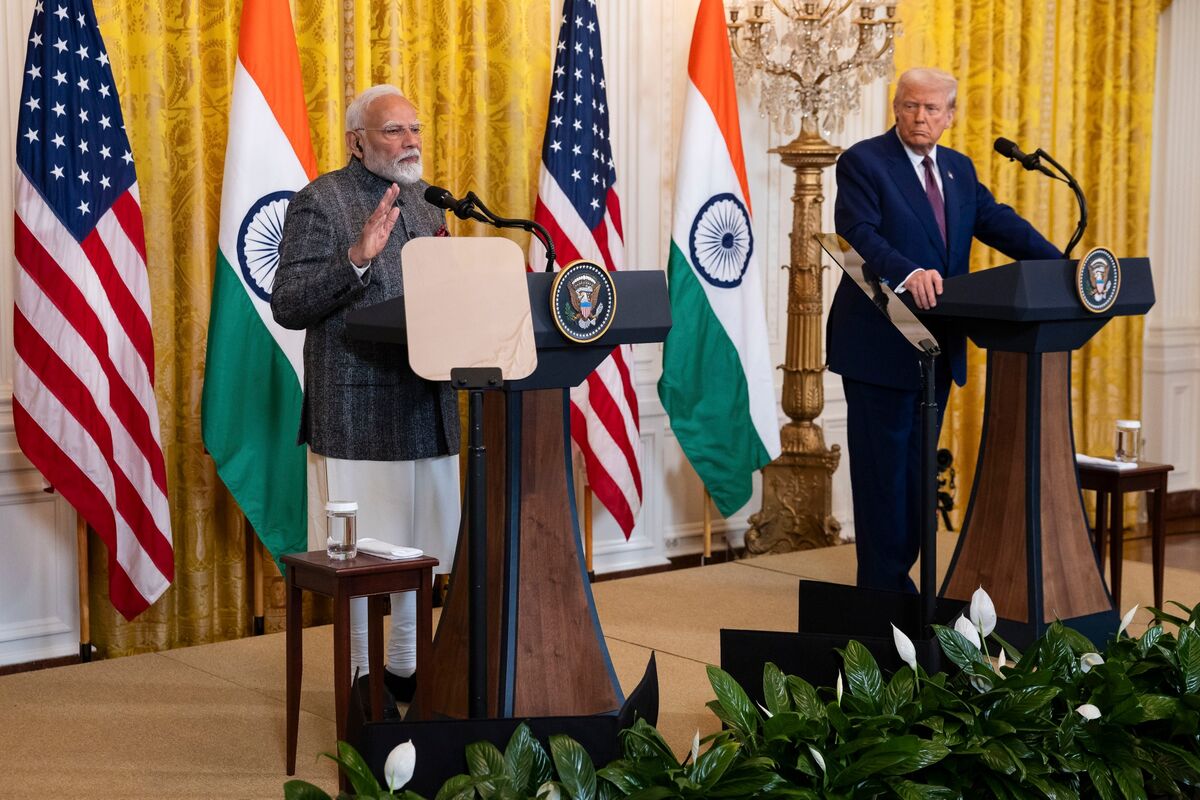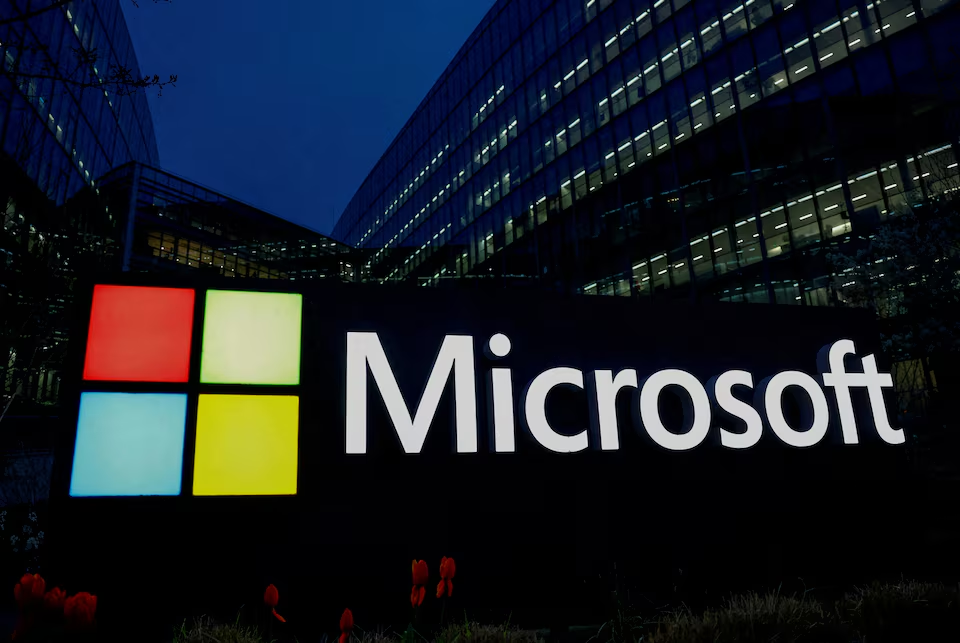On Tuesday in Kuala Lumpur, Association of Southeast Asian Nations (ASEAN) and China formally signed an upgraded free-trade agreement, dubbed version “3.0”, broadening trade collaboration into infrastructure, digital, green-economy and people-to-people exchanges.
The pact shows the Countries’ strategy of strengthening ties with China as trade between the two surged to about US$785 billion in the first nine months of 2025, up roughly 9.6% year-on-year. The deal comes amid heightened trade tensions with the Donald Trump administration in the United States.
According to China’s State Council, the revamped pact will expand cooperation on infrastructure, digital trade, green transition, trade facilitation and enhanced people-to-people links.
Read Also: East Timor Joins ASEAN As 11th Member In Landmark Move
Chinese Premier Li Qiang, speaking at the summit, called for “expanded and higher-quality economic cooperation” and warned against protectionism and unilateral trade policies.
It should be noted that this trade pact 3.0, builds on the original free-trade agreement between China and the 11-member ASEAN countries, which entered into force in 2010.
Importantly, the deal outlines improved market access for sectors such as digital services and green industries, and deeper integration of production and supply chains across China and ASEAN.
The timing of the agreement coincides with the U.S. applying high tariffs under the Trump administration, prompting many in the region to seek supply-chain diversification to beat being forced into following the US. China’s move signals its intent to deepen engagement with Southeast Asia as a major trading partner and counterbalance U.S. trade pressure.
During the summit in Kuala Lumpur, Association of Southeast Asian Nations (ASEAN) leaders explained the principle regarding their trade strategy with the U.S. As Malaysian Prime Minister Anwar Ibrahim — who was chairing the event explained “While proceeding with bilateral negotiations … the consensus rose to have some sort of understanding with ASEAN that decisions should not be at the expense of any other country.”
ASEAN states recognise that each country might seek separate deals with Washington, but they want those agreements not to harm neighbouring member economies.
With the region’s combined population of around 650-660 million and a GDP exceeding US $3.8 trillion, Anwar stressed the need to “protect the turf” of all its members.
This stance reflects their effort to balance its relationships: engaging deeply with the U.S., while preserving intra-ASEAN solidarity and avoiding a situation where bilateral deals erode regional cohesion.
The formal signing of the 3.0 upgrade concludes years of negotiation, which began in late 2022 and were finalised around May 2025. Implementation will be key: both sides will need to turn commitments into regulatory and operational frameworks across multiple sectors.
Given the surge in China-ASEAN trade, this upgraded agreement could further strengthen China’s regional economic influence.

